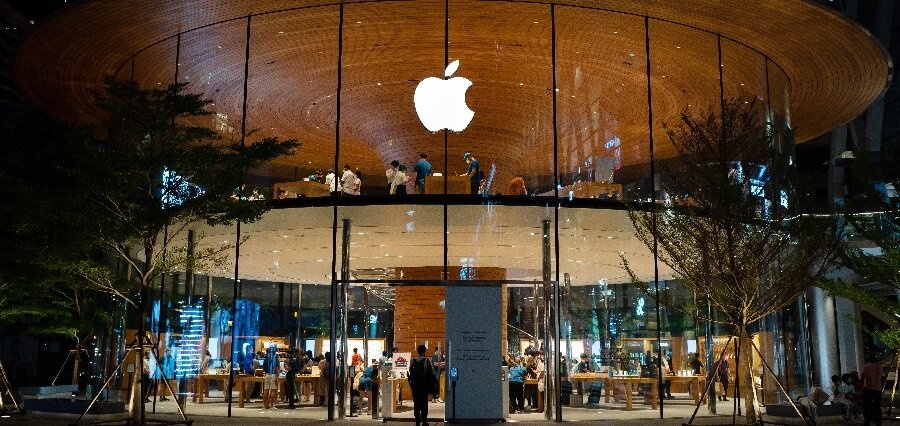Apple Inc. has massively shipped iPhones from India and in the six months ending through September shipped nearly $6 billion in worth, an increase of 33% over the year prior, evidence of how much further the world’s largest smartphone company has come in bolstering its manufacturing base in the region amid rising tensions between Washington and Beijing on both trade and geopolitics.
The company is on target to clear $10 billion in annual exports for fiscal year 2024 thanks to the synergy between local subsidies, a competent workforce, and technological developments in India. To kick-start this scheme, Apple has roped in three major suppliers such as Foxconn Technology Group and Pegatron Corp from Taiwan and Tata Electronics, an Indian company, for assembling iPhones in southern India. Foxconn, located near Chennai, led the local market with exports accounting for nearly half of the country’s iPhone output.
From its Karnataka unit, Tata electronics within the first six months has exported iphones worth $1.7 billion. Further Tata had taken over the Wistron Corp facility in India last year, and that takeover has made Tata the first Indian assembler of flagship Apple products.
According to the federal trade ministry, iPhones now account for a significant portion of Indian smartphone exports, propelling the category to become India’s top export to the U.S. with the total amount standing at $2.88 billion within the first five months of this current fiscal year. This figure is in sharp contrast with just $5.2 million in smartphone exports going to the U.S five years ago when Apple decided to expand its manufacturing space in India.
All the above notwithstanding, Apple still manages to capture only around 7% of the Indian smartphone market, where the majority of the shares go to Chinese brands such as Xiaomi, Oppo, and Vivo. However, it is making significant investments in the Indian market by assembling some of its premium iPhone 16 Pro and Pro Max models locally with incentives from the Narendra Modi administration.
Looking ahead, it plans to open retail stores in key cities. First such outlets were opened last year in Mumbai and New Delhi, and these had worked out well for Apple. This, together with the growth of an upwardly mobile middle class with an appetite for all things Apple, has boosted its annual revenue in India to a record $8 billion.
Analysts forecast that Apple sales in India will reach a value of $33 billion by 2030 as the purchasing power of people rises and more people opt for buy-now-pay-later services. India’s emergence as a manufacturing hub is a strategic pivot for Apple, even though the company continues to source a significant portion of its production and sales from China.
Read Also : Rising Small-Loan Defaults Pose Growing Risk to India’s Economic Stability


